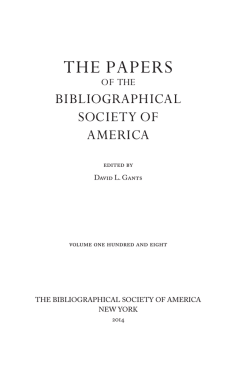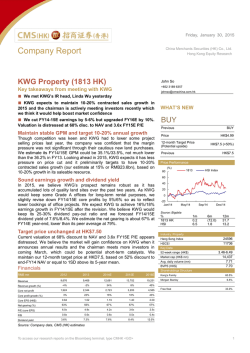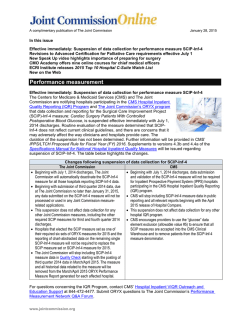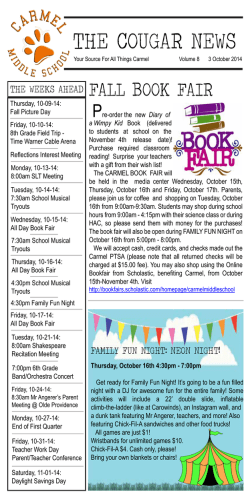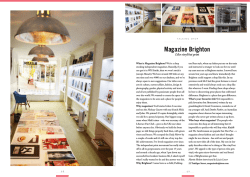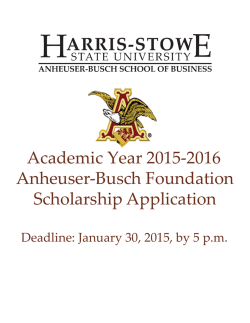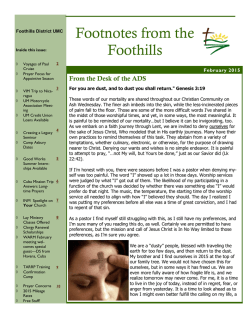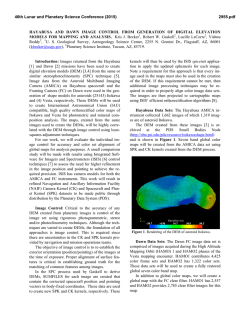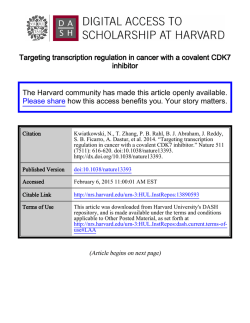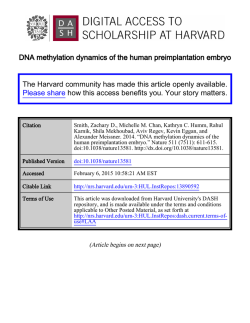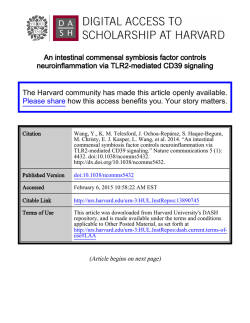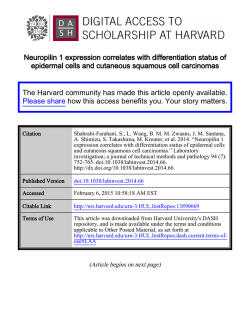
PBSA Stylesheet - The Bibliographical Society of America
Papers of the Bibliographical Society of America Style Sheet for Contributors MANUSCRIPT FORMAT. PBSA is composed by the University of Chicago Press. Proper formatting of your manuscript will speed up the production process and reduce the occurrence of errors. We request that all manuscript be submitted as Microsoft Word documents (either *.doc or *.docx) and formatted with the following conventions: – 12 pt. Times New Roman typeface – 1-inch margins on all sides – 1.5 lines spacing for text and footnotes – No headers or footers other than pagination – Footnotes rather than endnotes – All footnote superscript referents using arabic numerals – US spelling and punctuation throughout FIGURES. Do not embed figures in the body of your text. Instead, include each figure as a separate document or file using a naming convention that identifies its contents. Include all captions in a separate list at the end of the main manuscript. When designing tables or other figures, please be aware that the PBSA textblock is proportioned 1:1.5 (6 x 9 inches). GRAPHIC FILES. In order to meet minimum publication standards, all graphic illustrations must be at least 300 dpi in TIFF format. If the files are too large to submit via e-mail, arrange to have them available to the editor through a transfer service such as Dropbox or Fileconvoy. Images from Google Books, Early English Books Online, and other low-grade digital collections generally do not meet minimum standards for publication. Please note that PBSA cannot accept an article for publication until all permissions to reproduce are secured by the author. WORD IDIOSYNCRASIES. Word has a number of formatting features that interfere with typesetting and composition software. We request that authors note the following problematic features: Proprietary Special Characters and Autocorrect Errors. Please use “smart quotes” throughout (curled left and right double quotes). However, if Word automatically inserts the ellipsis character, please replace it with a sequence of discreet spaces and periods. Thus “The scribe erred . . . and produced variants,” not “The scribe erred … and produced variants.” Avoid fraction special characters, i.e. “1/2” not “½.” CMS does not call for superscripts with ordinal numbers “1st” not “1st.” Styles. Do not use Word style formatting for features like bulleted or numbered lists, headings, tables, block quotes, etc. Please do not use any kind of automatic bibliographic feature, including Word and Zotero (the resulting footnotes contain binary aberrations). URLs. Include links as plain text, and remove any automatic hyperlinking, including email addresses. Thus http://www.bibsocamer.org, not http://www.bibsocamer.org. GENERAL STYLE. PBSA follows the Chicago Manual of Style, 16th edition (2010) on matters of general style. Authors are advised to consult the following sections of the CMS as they deal with style matters that frequently come up: Documentation (CMS chapt. 14). PBSA prefers footnotes to in-line citations. We ask that authors try to reserve footnotes for citation documentation and short elaborations and that they refrain from including footnoted lists of further sources that do not directly address the cited passage. Note in particular: 14.69, elements to include in a book citation; 14.133–53, facts of publication; 14.171, elements to include in a periodical citation. Hyphenation (CMS 7.85). When dealing with compound words and words with prefixes, please consult this section for guidelines on usage. Inclusive Number Ranges (CMS 9.60–63). PBSA HOUSE STYLE. In order to accommodate the special requirements attendant on bibliographical and textual scholarship, PBSA has a number of in-house style features: Bibliographical Information. In bibliographical collation or pagination statements, follow the Greg-Bowers formulary (not McKerrow or Gaskell), but in all cases employ the option of bracketed letters or figures, not italics, to indicate inferred pagination or signing. Thus [27] p. and [A]4, not 27 p. and A4. Titles. We prefer modernized and standardized titles. Please do not copy the spelling found in such standard bibliographies as STC and Wing. Ordinarily, old spelling should be preserved in titles only when it is necessary to distinguish differently titled or spelled editions. Short Titles. After the first use of a title in the text, we prefer that further mentions employ a standard short title. Thus Principles of Bibliographical Description first, Principles subsequently. Type Names. We generally follow Gaskell when referring to type bodies and faces, e.g. english (not English), black letter (not black-letter), great primer (not great-primer), etc. Trade Terms. We generally avoid hyphens and in general prefer the following method of combining words: – Most trade terminology as two words: book making, book production, book trade, copy text, press crew, printing house (not printing shop or print shop), running header, short title, title page, news pamphlet, plague bill, quarto in eights. Exceptions: presswork, bookseller. – Types of books as one word, when the second word is “book”: hymnbook, newsbooks, partbook, playbook, promptbook. – We also do not capitalize formats: quarto, octavo, duodecimo. Any questions regarding the style features of PBSA should be addressed to the editor (David L. Gants, [email protected]) or the managing editor (Meaghan J. Brown, [email protected]).
© Copyright 2025
